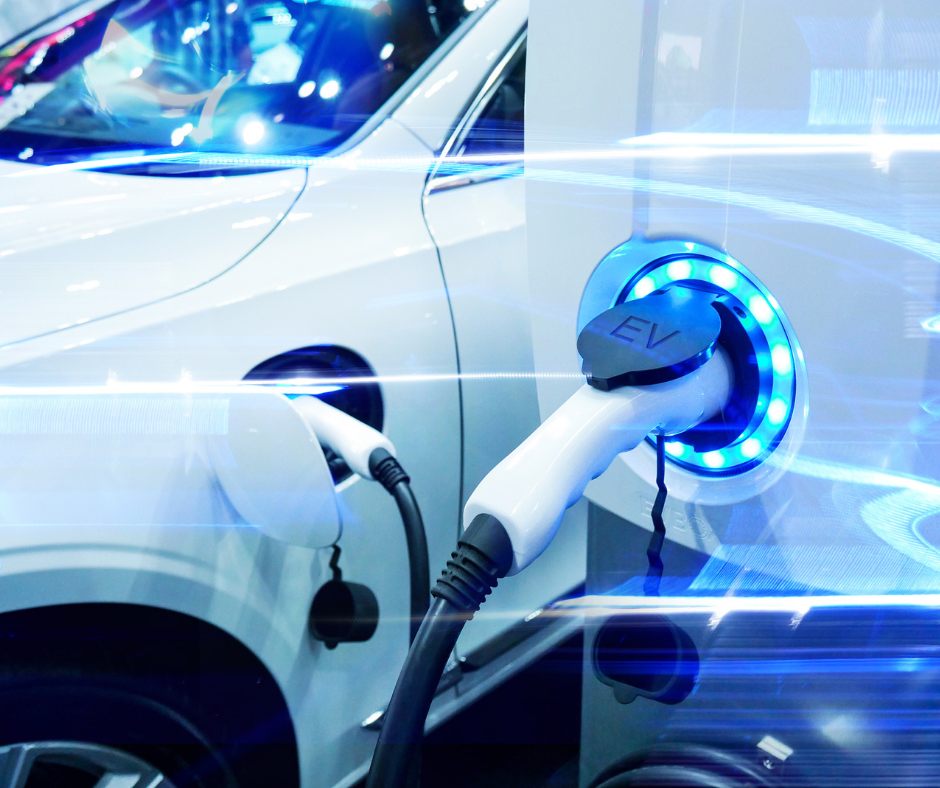
The future of driving is electric – so what’s the risk?
The UK government are proposing to ban the sale of new petrol and diesel vehicles and cars from 2030. The alternative is electric.
You have probably noticed the changing scene in car parks and petrol stations with the introduction of car charging spaces. Many of these remain empty at present, but with the latest news that the UK Government will be banning the sale of new petrol and diesel cars from 2030, it is essential that the infrastructure and marketing is in place.
Ofgem, has recently announced that it is investing £300 million to help triple the number of ultra-rapid charging points around the UK, including 1,800 ultra-rapid charging sites at motorway service stations. According to Government figures, as of 1 April there were 22,790 public electric vehicle charging devices available in the UK, of which 4,259 were rapid chargers.
There are still a limited number of EVs – also known as Ultra Low Emission Vehicles (ULEVs) – on the road at the end of 2020 there was just shy of 432,000, according to the Department for Transport.
Numbers are increasing and will continue to as there is more education around battery powered vehicles and an increase in confidence with their range (how far they will travel without running out of battery power).
For many businesses it will be essential that charging facilities are installed for their employees, customers and visitors to use when parking at their premises. There are risk considerations that need to be made in order to protect employees, reduce the risk and reduce the number of potential insurance claims.
Risk Considerations Associated with EVs
Fire
As there will be more vehicles left to charge unattended whilst owners are visiting family and friends, eating, shopping or working out, there becomes a higher risk of fire. It is worthy to note that there will be more risk in confined spaces such as underground parking or multi-storey car parks.
As more businesses begin to install the infrastructure for their customers they need to be prepared, and the RISC Authority and Fire Protection Association have published a useful guide to fire safety when charging electric vehicles – you can download ‘RC59: Recommendations for fire safety when charging electric vehicles’ here.
Charger Management
Chargers must be installed by qualified engineers in compliance with the IET Code of Practice: EV Charging Equipment Installation. It is important that they are properly and regularly maintained.
Charger Location
Choose a location that is most suitable for charging points and be mindful of potential fire spread, theft, damage and unauthorised use.
Fires involving lithium-ion batteries tend to be intensive and to present unique challenges to fire fighters as they can re-ignite after initial extinguishment, which is why a remote location is desirable.
Cyber Risk
Vehicles and chargers will more than likely be connected remotely and with the advancing of software, data connectivity and artificial intelligence there is a wider risk of software glitches, system failure or cyber-attacks.
Vulnerable Road Users
If you have ever stood next to an EV or even driven one, you will be aware that the engine sound is incredibly quiet, if existent. Cyclists, visually impaired people and even children will be vulnerable when surrounded by electric vehicles as they will not be able to easily anticipate a moving EV.
In July 2019 the EU passed the ‘Regulation on the Sound Level of Motor Vehicles’, making it a legal requirement for new EVs to have a noise-emitting Acoustic Vehicle Alert System (AVAS) to make a sound similar to a traditional engine and alert road users of their presence when driving or reversing below 12mph.
Driver Training
As more EVs are adopted as company vehicles there will be a requirement to ensure that employees are familiar with checking an EV for safety. For example; during walk around checks, it might not be easily recognised for damage to a battery in the event of an accident or bump and this will be a fire risk.
Drivers will also benefit from knowing about:
- How to maximise efficiency (such as switching to eco mode).
- Monitoring their speed, as more energy is consumed at greater speeds.
- Instant acceleration (no manual gears), which could create risk for untrained drivers.
- Regenerative braking, meaning that the vehicle slows down when pressure is removed from the accelerator (unlike the coasting effect in a conventional vehicle). This can affect stopping distances.
- Reading the road ahead to avoid unnecessary acceleration and braking.
If you would like further information about how driving an electric vehicle could affect your future insurance requirements, why not give our team a call on 01905 21681 or email Enquiries@sutcliffeinsurance.co.uk
